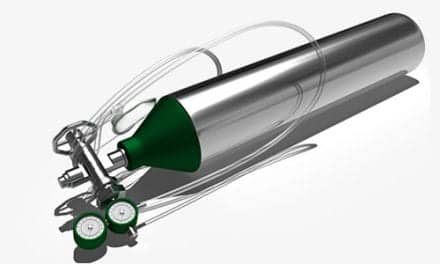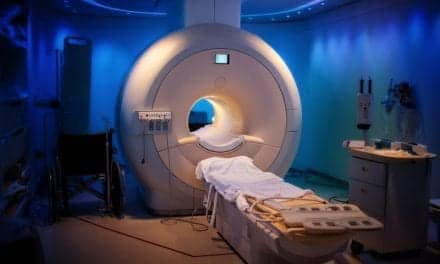Researchers from Johns Hopkins revealed a new computer algorithm that correctly predicts septic shock in 85% of cases without increasing the false positive rate from common screening methods. The study drew on electronic health records of 16,234 patients admitted to intensive care units at Boston’s Beth Israel Deaconess Medical Center from 2001 to 2007. The research team created an algorithm that combines 27 factors into a Targeted Real-time Early Warning Score (TREWScore) to measure the risk of septic shock.
Katharine Henry, the first author of the study, says, “One strength of this approach is that all of our inputs are routinely collected. You don’t need specialized new measurements.” The method differs from previous attempts to predict septic shock because it is based on a larger data pool, takes account of more health indicators, and factors in several elements that could have confounded the results.
According to a Science Daily news report, the method was able to predict septic shock before any organ dysfunction more than two-thirds of the time, which is a 60% improvement over existing screening protocols.
Peter J. Pronovost, co-author of the study, says the research promises significant progress in treating a condition that is estimated to impact 1 million Americans and kill about 200,000 annually. Pronovost says, “We know a lot of those deaths would likely be preventable” if sepsis were diagnosed well before it develops into septic shock and organ failure. Right now, much of sepsis is invisible until someone is on death’s door.”
Suchia Saria, whose lab is a center for big-data analysis of electronic health records, said the study is part of a broad effort at Johns Hopkins to help clinicians and patients by providing continuous, insightful monitoring, according to Science Daily. Saria states, “Our methods are reaching a point where they can be a real aid to clinicians especially in noticing subtle hints, buried deep in a chart, that a problem is developing.”
Source: Science Daily









